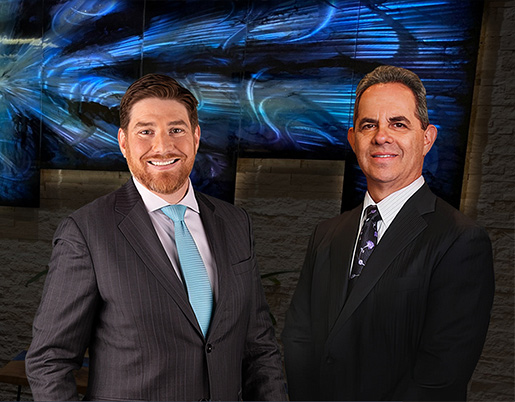President Obama has signed into law the Car Allowance Rebate System (CARS) aimed and getting rid of older gas guzzling vehicles by giving consumers $3,500 or $4,500 towards the purchase of a new truck or car. The amount of the credit depends on the fuel efficiency rating of the vehicle being purchased. (See: cars.gov to get the EPA’s fuel efficiency ratings.)
A similar program has been highly successful in Europe where hundreds of thousands of car owners have traded in old vehicles under similar government subsidies. In Germany, for example, car sales are up by about 40% over a year ago. The German program is, however, more liberal than its American counterpart. Germany initially provided €1.5 billion to get 600,000 old cars traded in. The program has turned out to be so popular that the German government has now raised that budget to €5 billion to provide for 2 million cars and has extended the deadline to the end of 2009. Although the requirements under the dozen European programs vary from country to country, they generally require only that the vehicle being traded in is old. Germany requires only that the vehicle be at least nine years old and sets no limits on the kind of new car regardless of size and fuel efficiency.
The American program, on the other hand, is more narrow. The vehicle can be no more than 25 years old and have a combined city and highway fuel economy rating of no more than 18 miles per gallon as determined by the EPA. (See fueleconomy.gov). Further, the vehicle to be traded in must be drivable, be insured, and have been registered to the same person for at least one year, so us prevent shoppers from buying an older car solely for the purpose of getting the higher discount. Additionally, the credit cannot be applied towards the purchase of a used vehicle nor to vehicles that cost more than $45,000.
Consumers will get either at a $3,500 or $4,500 credit. To get the $4,500 credit it must be for a new truck or SUV rated at least 5 miles per gallon better than the scrapped vehicle, or a car rated at least 10 miles per gallon better than the scrapped vehicle. The credit will be given instead of the regular trade-in, not in addition to it, although it is possible that some dealers might add some trade-in allowance for the scrap value of the gold vehicle. To get the $3,500 credit the new car need only get at least 4 miles more per gallon than the traded vehicle, and new trucks need only be 2 miles per gallon better.






